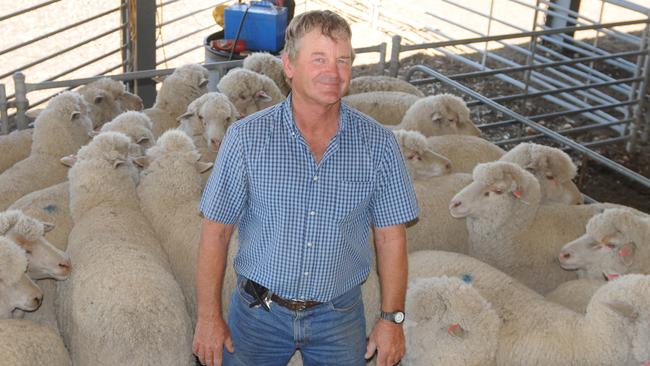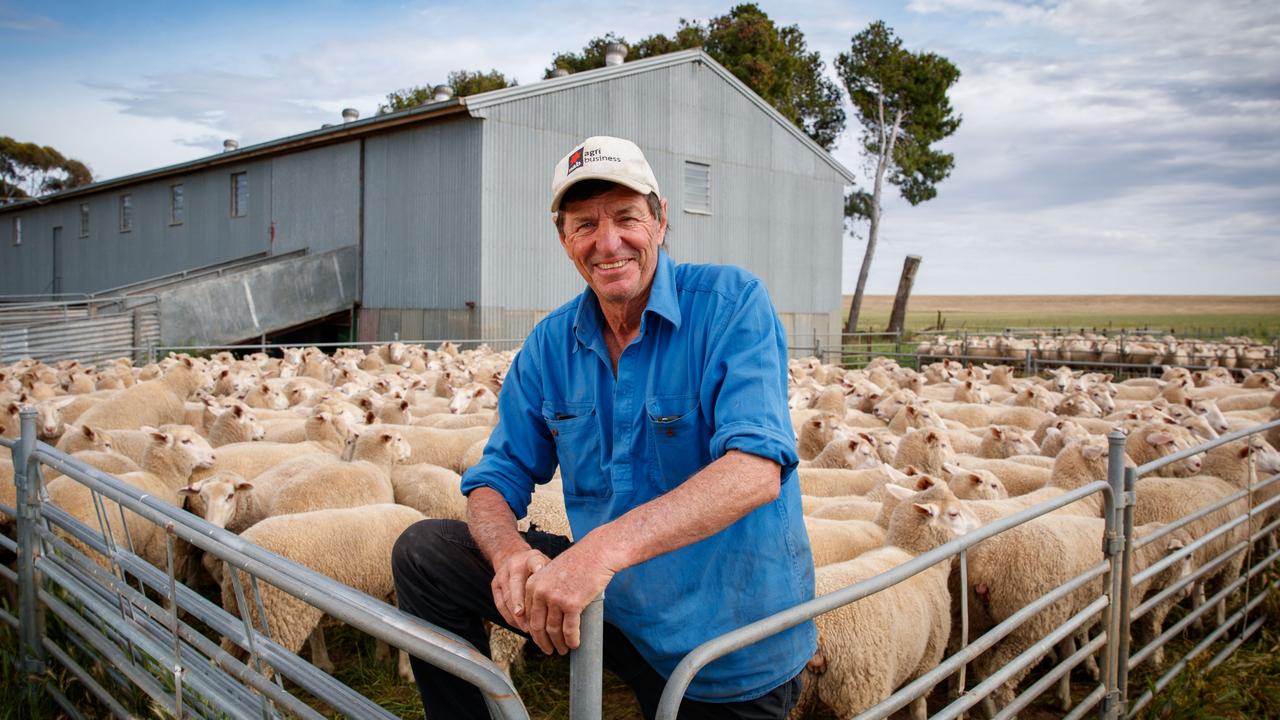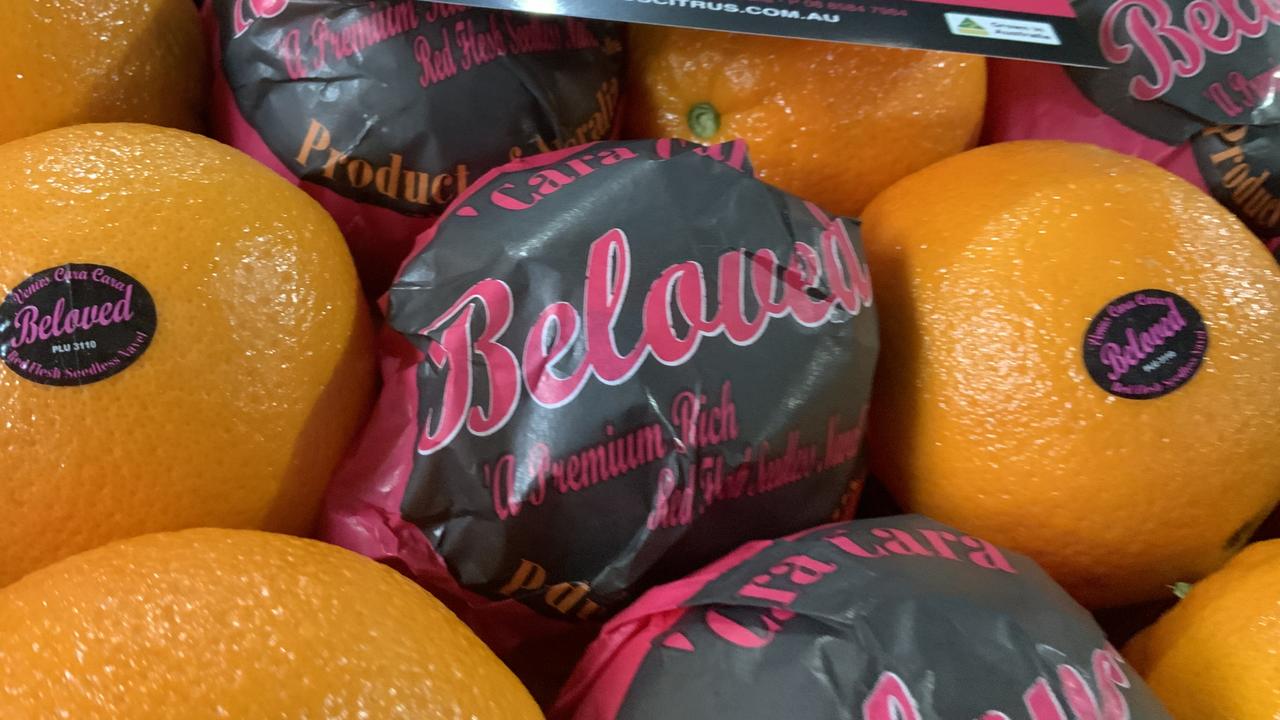Highly productive flock needs to pay its way at Castle Creek near Euroa
THE sheep run on Castle Creek need to pay their way.

THE sheep farmed on Castle Creek need to pay their way.
The mobs of 1100 Merino ewes and 950 crossbred ewes are run alongside a cropping operation in a 50:50 split for the 1457ha property at Euroa in Victoria’s North East, owned by John Gross and managed by Neil Seach.
And in a true sign of the times that aims for a profitable flock, a portion is joined to Merinos, the remainder are joined to Border Leicesters, crossbred ewes are joined to terminal sires, some lambs are finished in a feedlot and hoggets are shorn twice in their first 12 months.
Welcome to the brave new world of sheep breeding, Castle Creek style.
The Merino flock has been on Willera blood from Serpentine for the past 10 years, and 600 of the 1100 Merino ewes are joined each year to replenish the self-replacing flock.
“We are aiming for an easy- care maternal ewe with a free white wool with a long staple to handle the rain, and to mature quicker,” Neil said.
“Young ewes are classed annually and new rams are bought in each spring.”
TOP OF THE CLASS
LAST year, the Merino flock produced 290 ewe lambs, of which 70 — or about 24 per cent — were classed out.
The flock is classed by Willera stud master Will Hooke.
Thanks to a tough season, these hogget ewes were fed 1kg a week of pellets to boost growth, while they grazed dryland lucerne paddocks.
It is a strategy that clearly works, with some of the maiden ewes weighing up to 80kg, and averaging 75kg.
The steady feeding has not only resulted in a big young breeding ewe, but a highly fertile one, too.
All maiden ewes were scanned, and the results were astounding. There were just five dry or empty ewes in the mob, with the scanning results showing 65 were carrying twins, while 137 were carrying single lambs.
“That means we have an overall scanning percentage of 128 per cent in our maiden ewes,” Neil said.
PAY THEIR WEIGH
THESE sheep had already been producing income before they were joined.
They were shorn at six months, when they produced 18-micron wool with a 68.5 per cent yield and a 59mm staple length.
They were then shorn again at 12 months, and the results were even more impressive.
The one-year-old ewes cut 18.9-micron wool, testing 70.5 per cent yield, and had a staple length of 77mm.
Later on, these sheep continue to do exceptionally well.
The average micron of the Merino flock does not blow out, and after the last shearing sat at about 19.3 micron.
The adult sheep cut an average 7-8kg of wool. The fertility also hangs on amazingly well.
Recent scanning has shown Merino ewes joined to Merino rams have scanned an average of 130 per cent in lamb, while Merinos joined to Border Leicesters have scanned 120 per cent.
Clearly whatever is being done is working, with the flock awarded second place in the highly competitive McLennan McColl Victorian commercial flock of the year competition last month.
MATERNAL INSTINCT
WHILE there is an emphasis on wool and maternal characteristics in the easy-care flock, the value of meat and surplus sheep sales has been a focus too.
In summer, Castle Creek sold some of their Merino wether lambs for an impressive average of $124.
Skins from the lambs were valued at $16, and the draft averaged a credible 21.1kg carcass weight for the wethers, which were nine to 10 months old. Some of the lambs weighed up to 26.5kg carcass weight and only a tiny portion were less than 16kg dressed weight.
“That is a credible average from Merinos, and there is clear recognition that there are bloodlines of Merinos that do perform,” Neil said.
“We received up to 520c/kg carcass weight for some of our Merino lambs.”
It’s not surprising really given part of the Castle Creek sheep enterprise is devoted to breeding traditional prime lambs.
The ewe progeny from the 500 Merino ewes joined each year to Border Leicesters are retained at Castle Creek, to be replacements for their second-cross lamb enterprise.
NEED FOR FEED
EACH year, about 950 first-cross ewes are joined to Poll Dorset rams, with about 600 lambs finished in a feedlot each summer.
Scanning has shown the first-cross flock is carrying 155 per cent of lambs.
Running such a highly tuned sheep operation requires skill and also draws on the latest technology available.
An autodraft makes weighing and sorting sheep much easier, while pregnancy scanning and faecal egg counts are just part of the norm on the farm.
As well as sheep, the Castle Creek team grow almost 600ha of crop each year, a mix of wheat, canola and oats, as well as lucerne.
Neil said it was rewarding to see the improvements in the flock and sheep that continually improved and performed.
“We like to think the sheep here are pretty productive,” he said.


